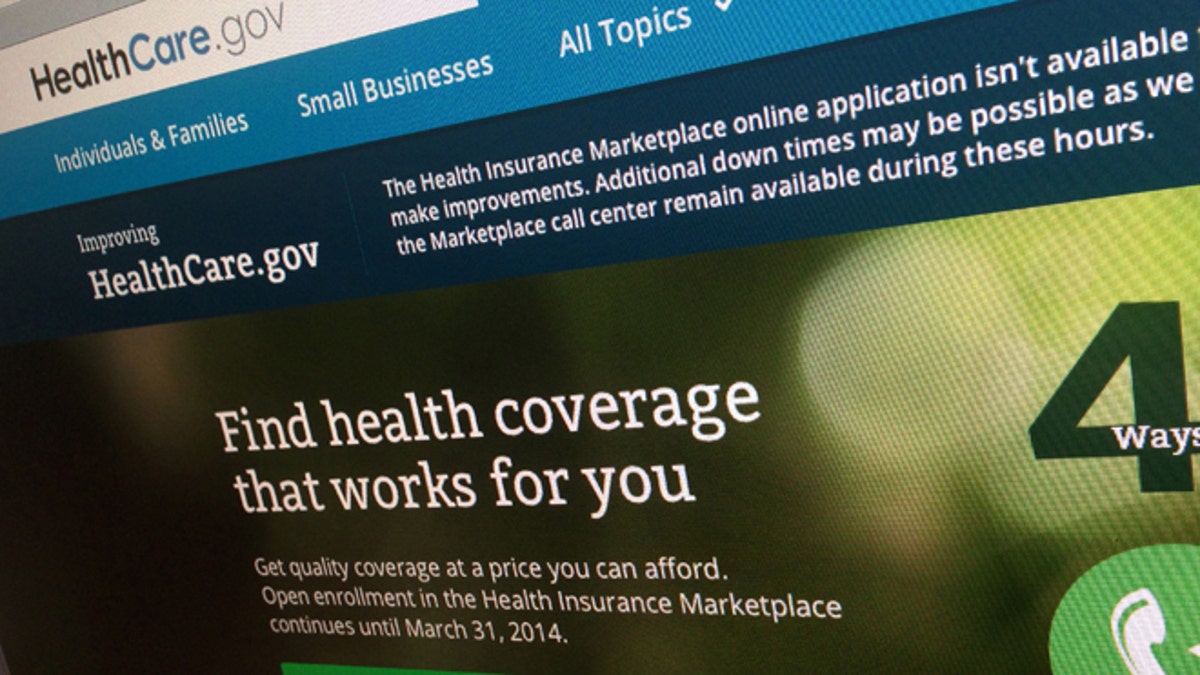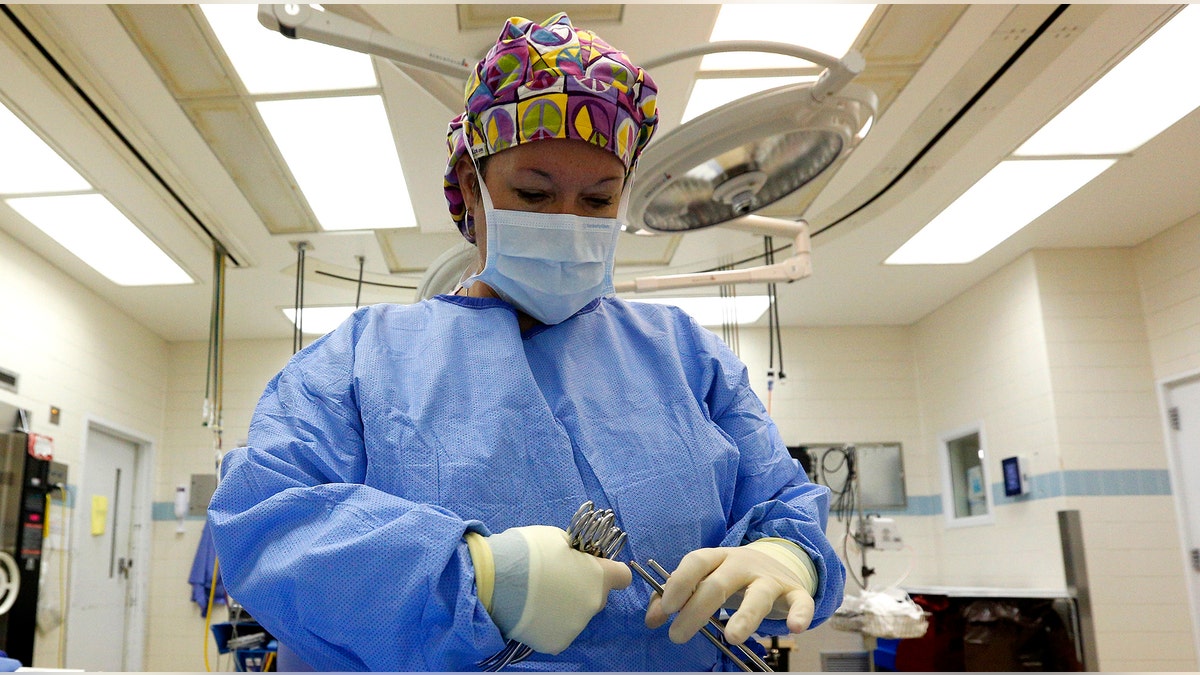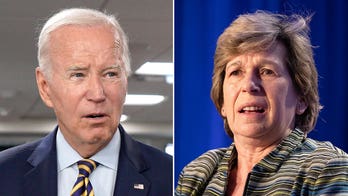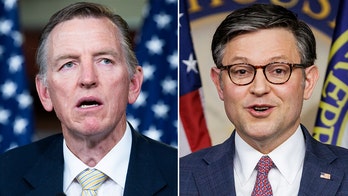
Obamacare preliminary numbers do show a drop in enrollment but experts disagree about whether the president’s actions are directly responsible. (AP Photo/Jon Elswick, File)
WASHINGTON – President Trump has said he “essentially” ended Obamacare with the end of the individual mandate included in the Republican tax plan last year. This year’s lower enrollment numbers indicate that could be true – or not.
Experts said the preliminary numbers do show a drop in enrollment but disagree about whether the president’s actions are directly responsible.
“Some things the Trump administration has done may have had an effect, but it’s probably fairly marginal,” said Ed Haislmaier, health policy expert at the conservative Heritage Foundation.
According to the Centers for Medicare and Medicaid Services, 8.7 million people enrolled on the HealthCare.gov website for plan year 2018. The number jumped to 11.8 million when those who signed up via state-run exchanges were included. For plan year 2019, only 3.2 million people have signed up as of Dec. 1.
The current CMS number for plan year 2019 does not include those in states that run their own exchanges. But with the Dec. 15 enrollment deadline looming, the numbers are on track for a lower enrollment number than previous years.
Still, that doesn't mean the health care program is dead.
Haislmaier said that since the data is just preliminary, it’s too soon to make any sweeping conclusions about why the enrollment figures may be down. He said that a lower unemployment rate means more people are likely getting insurance through their employers, which could be a factor, along with more short-term plan options. One item that was not to credit for this dip? The repeal of the individual mandate.

President Trump has said he “essentially” ended Obamacare with the end of the individual mandate included in the Republican tax plan last year. This year’s lower enrollment numbers indicate that could be true – or not. (AP Photo/Evan Vucci)
Michael Cannon, a health expert at the libertarian Cato Institute, agreed that the lack of a mandate is not a big factor at play in this year’s enrollment, but said the issue has more to do with the law itself.
“Obamacare is such a bad deal for a vast majority of people on the individual market,” said Cannon. He explained that short-term plans are becoming increasingly popular, especially for those who do not qualify for the subsidies on the Obamacare exchanges. These plans do not have to comply with all the requirements of Obamacare and are therefore cheaper.
The Trump administration has made access to these plans easier through a rules change stemming from an executive order issued last year. The same order also ended the cost-sharing reduction payments, which had previously been ruled unconstitutional since Congress never appropriated the funds for the payments.
Oddly, it’s proponents of the law that say the Trump administration has created the law’s unraveling rather than conservative groups. Liberal scholars say there is clearly a concerted effort on the part of the administration and Health and Human Services to see Obamacare fail.
“HHS has made a conscious decision not to advertise the marketplace as much as it has, and that’s had a ripple effect with news media,” said Emily Gee of Center for American Progress, a liberal-leaning think tank. She said that the enrollment numbers should be leveling out at this point in the program’s history and not dropping. Gee also said cuts to the Navigator Program funding have created problems for those looking at insurance on the exchange for the first time.
The Navigator Program – designed to help individuals and small businesses find the best insurance plan on the exchange for their needs – was allotted $10 million this year with a minimum of $100,000 for each state with a federally facilitated exchange. During plan year 2018, the Navigator Program received $36 million in federal grants and $63 million the year before that.
CMS said that the need for the program has changed since people are more familiar with Obamacare and the plan options available. A spokesperson also said that the agency remains committed to providing a “seamless” open enrollment and that any drop in enrollment will be looked at and addressed.

Experts say that they’ll be looking at states that run their own exchanges, and particularly those that reinstated an individual mandate, to compare to the national exchange before drawing any sweeping conclusions on particular policy changes. (Reuters)
“There are likely many factors that affect enrollment levels. As is standard practice, we also closely monitor our outreach campaigns, customer service resources, and other work on behalf of consumers, making adjustments as needed throughout the Open Enrollment period,” according to the CMS spokesperson.
The agency has been making direct contact with consumers through email and text alerts with increasing frequency as the deadline draws closer. CMS has also used other digital contact methods like YouTube and social media platforms to connect with consumers, which the agency said is both low cost and highly effective.
Celebrities have also stepped in to advertise for Obamacare enrollment. Late night hosts like Stephen Colbert and Jimmy Kimmel have used their massive social media platforms to urge people to sign up. And even former President Obama took to the national stage this week to promote his signature law tailoring his message, especially to young people.
“Young people have stepped up like never before on campuses, at the voting booth, and at the doors of power,” said Obama when explaining why he hasn’t used any viral trends this year to promote health care enrollment. “And most folks can find coverage for $50 to $100 per month. That’s probably less than your cell phone bill.”
The Trump administration touted lower premiums on the exchanges and greater insurer participation ahead of this enrollment period, but Republican analysts say the ultimate reason for the lower enrollment figure will decide if it's good or bad for the administration politically.
"It depends why the enrollment rate is down," said Republican strategist Alex Conant. "If it's because more people have employer-sponsored health care (because more people have jobs) or are getting health insurance elsewhere, then that's a good thing. If the enrollment figures are down because more people are simply forgoing any sort of health insurance, that's a bad thing."
Experts add the reason for the lower enrollment figures will be clearer once all the data -- including the number of those who've reenrolled -- is tallied later this year.




